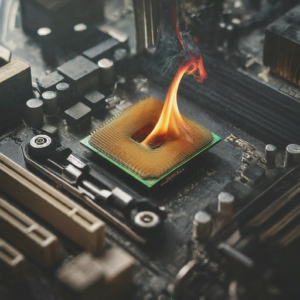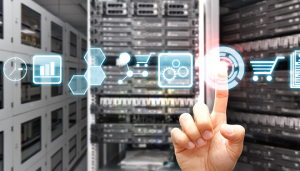Windows XP is the second most successful operating system produced by Microsoft thus far (only Windows 7 has been better received). First released on October 24th, 2001, Window XP has approximately 500 million users globally who still use this operating system. For over a decade now, the XP support provided by Windows has been a major reason for its success and user satisfaction. Three service packs were released by Microsoft for XP. Nevertheless, all good things much come to an end. And Microsoft will be ending support effective from April 8th, 2014. What does this mean for those millions of users who are still using XP on their computers?
No more XP Patches
With XP support gone no more patches for XP will be released. Patches are normally designed to fix problems or update software related to the operating system. They also provide security updates and improve OS performance. Without these patches an outdated OS is more vulnerable to malware and other virus infections. No security fixes means anyone running XP stands a greater chance of being becoming infected and also having data stolen.
No more Driver Updates
Drivers are pieces of software that run various parts of your computer such as your keyboard, monitor and USB Ports, for example. Manufacturers of machine components create software to run the components, then release these software and updates to the computer manufacture to put on their website. When an OS stops support and updates the component manufactures also stop releasing driver updates. Therefore, in time XP users may start finding it difficult to use a XP computers at all as the individual components on the machine may start to become “glitchy” (start to malfunction).
What are the options?
If you are an individual who uses XP on your home computer for basic use, you may try and move to Windows Vista or Windows 7. It might also be time to consider replacing your computer. In general, the decision to withdraw XP support is beening looked upon by some users as Window’s last effort to force users and enterprises to move from XP to Windows 7 or 8. Whatever the reason, if you’re a “tried-and-true” Windows XP fan and hold-out — you should accept the inevitable — your time with XP is limited….

 The motherboard is the heart of a computer. As long as your computer’s motherboard is intact – when things go wrong – your computer is often repairable at a reasonable cost. Motherboard repair or replacement, on the other hand, is usually very expensive. That said, there are several things to think about regarding prolonging the life of your motherboard. Here is a list of different reasons your computer’s motherboard might fail — along with suggestions on failure prevention.
The motherboard is the heart of a computer. As long as your computer’s motherboard is intact – when things go wrong – your computer is often repairable at a reasonable cost. Motherboard repair or replacement, on the other hand, is usually very expensive. That said, there are several things to think about regarding prolonging the life of your motherboard. Here is a list of different reasons your computer’s motherboard might fail — along with suggestions on failure prevention.

